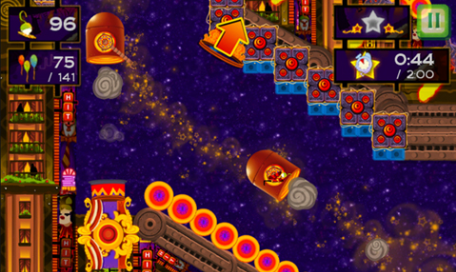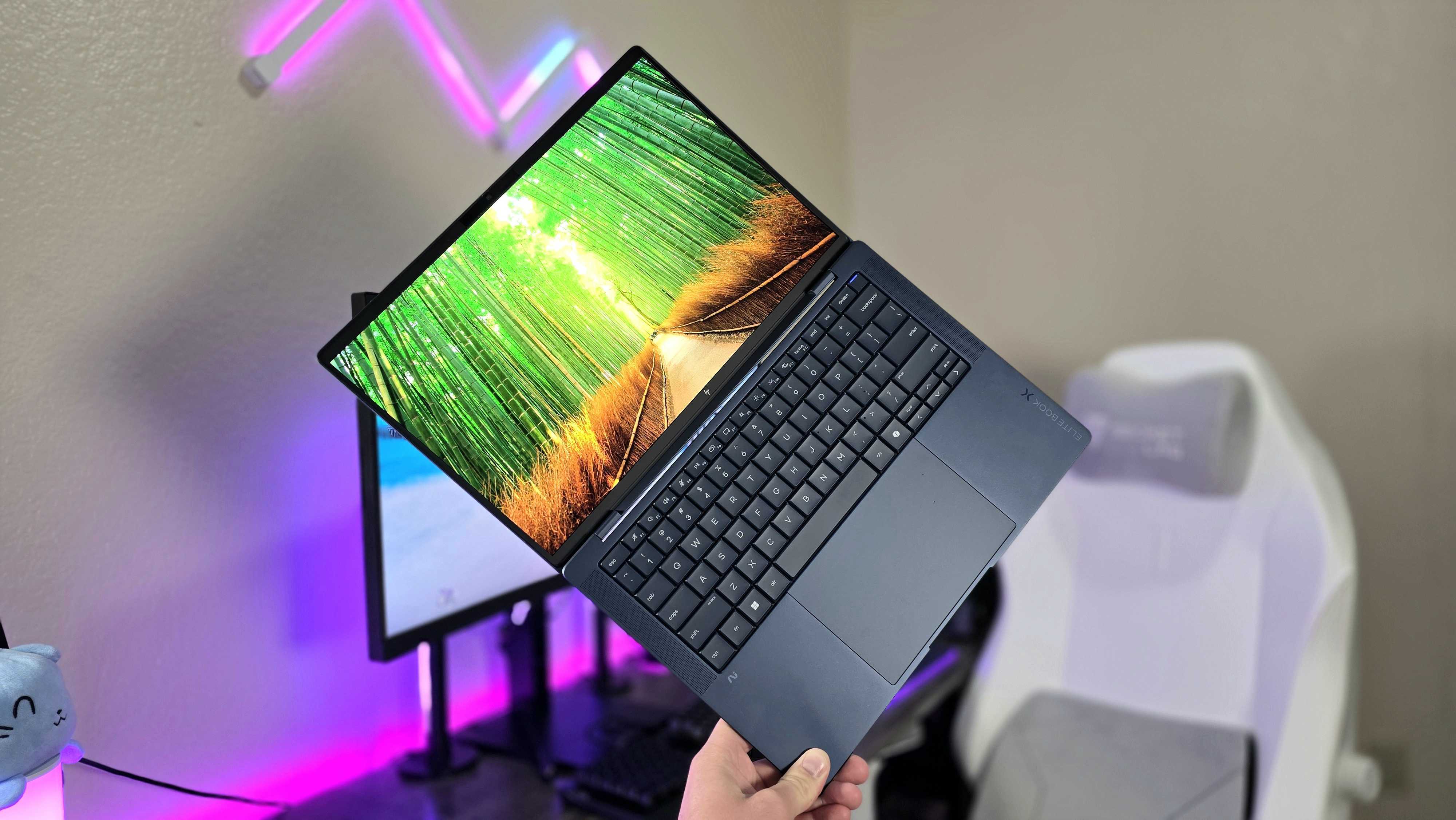CarneyVale: Showtime - Review + Video

Have you ever wanted to hop into a canon and blast yourself through a flaming hoop? We've all been there, obviously. Not all of us have ever had the chance to follow through with that lofty goal but we can at least live vicariously through Slinky the clown. As Slinky, the ambitious big-top star of Carneyvale: Showtime, you'll be able to live the dream.
See how high into the ranks of Carnival fame you can blast yourself to in this addictive vertical scroller. Video and full review after the jump.

When Carneyvale: Showtime debuted in 2008 as the winner of XBox Live Indie Games' Dream Build Play Challenge it quickly garnered some notoriety and went on to become a finalist of that years Independent Games Festival. Most importantly, Carneyvale: Showtime was one of the ten (out of 150) games chosen for The PAX 10 in 2009. The PAX (Penny Arcade Expo) 10 is a showcase of the years very best offerings in the Indie-developed games market across all platforms. Carneyvale: Showtime shares this prestigious honor with the likes of other Indie-developed greats like The Maw, Osmos, Audiosurf, and Super Meat Boy.
The gameplay of Carneyvale: Showtime is exceedingly simple to learn but complete mastery of the game mechanics shall only come to those with the very best sense of timing and the steadiest of hands. The goal is to launch and guide Slinky through a hoop of fire. Slinky will start each level pre-packed and ready to be shot out of a canon. Swing the canon's direction of fire by sliding your finger across the screen and blast him into the playing area by lifting your touch. As Slinky follows his flight path he will pop any balloons he comes by, collect hidden stars, and slide through tunnels.
Levels are beautifully constructed and are clearly laid out with the utmost care. The trial version does the full game a great disservice in not at all showcasing just how huge the levels become later on. Trying to navigate to the end of a level while popping all of the balloons and attempting to locate a hidden star becomes fantastically challenging. Each level is set to a two minute time limit too. The tried and true process of learning the layout and coming back for another play is going to become a recurring theme. As vast and challenging as some of the later levels are, I believe they are a walk in the park compared to the cramped, hazard-ridden levels.
Slinky can take damage from electrical and flame traps or from falling below the level's starting point. It's up to you to guide him safely to the top. After launching Slinky you can activate spinning grabbers by touching anywhere on the screen. Grabbers extend to pluck Slinky out of free-fall and continue to boost his momentum by spinning faster and faster until you let go to re-launch him. You can also guide his flight or descent by tilting the phone in the direction you'd like him to be affected by gravity the most. Slinky will also eventually make use of tunnels that spit him out with a speed boost and rockets that are, well, they're rockets.
All the latest news, reviews, and guides for Windows and Xbox diehards.

Carneyvale: Showtime is exactly the kind of game you need for any occasion. Levels are over in two minutes but the replay value is fairly high. The desire to perfect a level run will have you coming back and playing the game over and over. The wonderful style, level design, accompanying music and sound effects, and superb physics will keep you playing when you probably should have put the game down hours ago. There aren't many levels but at $2.99 you're getting exactly what you're paying for and more replay value than most other games which are priced higher.

Daniel Rubino is the Editor-in-chief of Windows Central. He is also the head reviewer, podcast co-host, and analyst. He has been covering Microsoft since 2007 when this site was called WMExperts (and later Windows Phone Central). His interests include Windows, laptops, next-gen computing, and wearable tech. He has reviewed laptops for over 10 years and is particularly fond of 2-in-1 convertibles, Arm64 processors, new form factors, and thin-and-light PCs. Before all this tech stuff, he worked on a Ph.D. in linguistics, performed polysomnographs in NYC, and was a motion-picture operator for 17 years.


